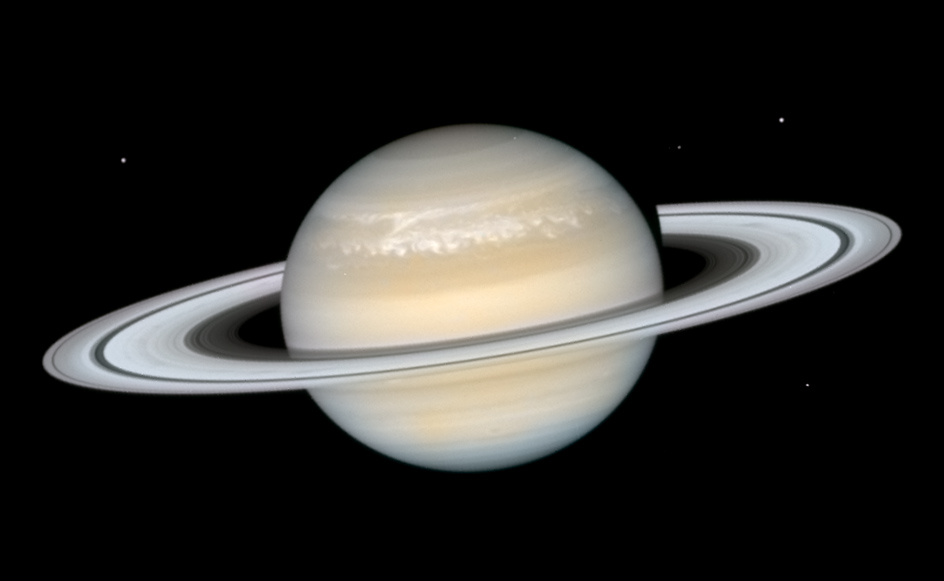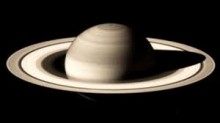Recent studies indicate: Saturn’s major storms are caused by moisture
Large storms that occur in Saturn every two or three decades are caused by atmospheric moisture, according to the "Nature Geosciencie" journal.
Researchers at the California Institute of Technology (Caltech) have developed a theoretical model in which moisture prevents the formation of storms for years on the planet, until the accumulated energy unleashed in a storm.
For over 140 years astronomers have observed six major storms in equator and middle latitudes of Saturn, a phenomenon that from Earth appears as a huge white spot on the planet's surface.

The last of these spots, a great storm the size of Earth, occurred in 2010 and moved around Saturn for six months.
The scientist Cheng Li and his group believe that the moisture in the atmosphere of the planet for decades prevented the movement of gases in storms.
This is because water molecules are relatively heavy compared with the hydrogen and helium that dominate the atmosphere of Saturn.
Thus, the heated air can not circulate and collects in the lower layers, until at some point the balance is broken and a large plume of warm, moist air rises abruptly, forming a colossal storm.
From a mathematical model, authors of the study believe their theory explains the observations of the white spot in 2010.
The research also suggests that the absence of similar storms on Jupiter could be explained by the assumption that the planet contains less water vapor than the atmosphere of Saturn.






